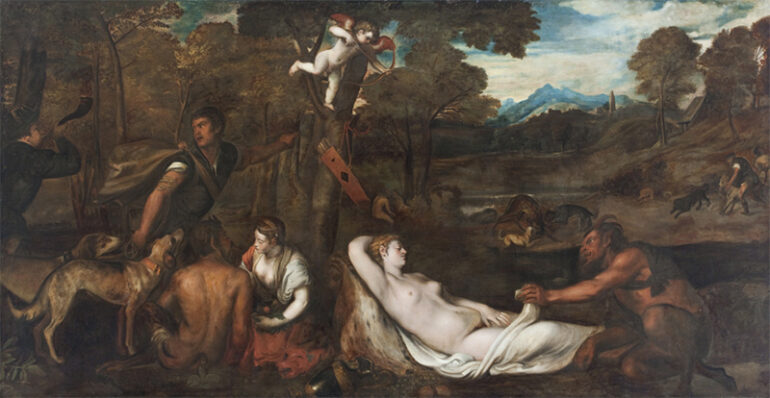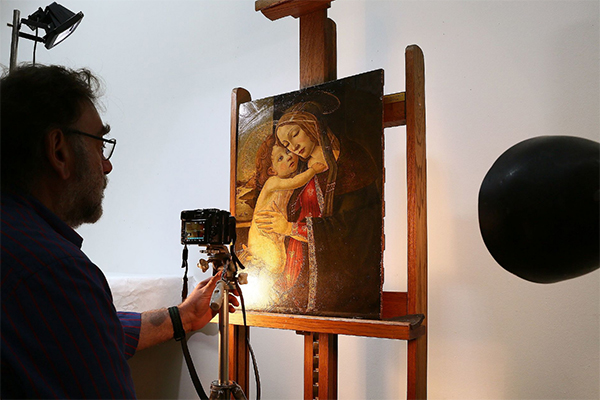Dark art has progressed from being frowned upon to being appreciated and intriguing. This shift encourages artists to delve into the human psyche, question cultural standards, and push the boundaries of their craft. Dark art investigates our hidden identities and stimulates self-examination. Artists experiment with methods and materials to produce thought-provoking and intriguing works that spark debates about the human condition. The present dark art trend is led by visionary artists, who encourage a new generation to recognize beauty in darkness.
The Evolution of Dark Art: From Taboo to Appreciation
Dark art has seen a dramatic metamorphosis throughout history, moving from a place of taboo and debate to one of great respect and interest. What was formerly thought to be unpleasant or disturbing is today acknowledged as a potent form of expression that explores the intricacies of human life and probes the depths of the human mind. Dark art invites viewers to face their own fears and emotions by pushing limits and challenging social standards. This encounter teaches us that darkness can be just as fascinating and illuminating as light, and it gives us a fresh appreciation for the beauty that may be discovered in the shadows.
Exploring the Symbolism of Shadows in Dark Art
The symbolic meaning of shadows in dark art is very significant, acting as a figurative doorway into the depths of human existence. The hidden portions of our mind, the facets of who we are that we often hide or suppress, are symbolized by shadows. Dark artists explore the shadows in their work, revealing the vulnerable and raw parts of our existence as they dive into the complexity of the human condition. These shadows take on the role of a visual language, enabling artists to convey feelings, anxieties, and wants that are sometimes hard to convey via traditional channels. Dark art challenges us to face our own inner darkness by embracing the symbolism of shadows, which promotes introspection and introspection.
Techniques and Mediums in Dark Art: Pushing Boundaries
Dark art employs unorthodox methods and materials to produce thought-provoking and intriguing works. These artists use pen and ink drawings and powerful brushstrokes to portray their views. Collage, mixed media, and one-of-a-kind materials add to the intricacy of dark art. Artists use light and shadow, texture, and composition to take viewers to their uncanny worlds. This daring examination of dark art methods and media tests our senses and broadens creative expression, resulting in an immersive and transforming experience.
The Modern Dark Art Movement: Artists and Their Impact
Visionary dark art painters are still having an impact on the art world. These artists explore the dark arts with abandon, revealing secrets and defying social conventions. Their strange and eerie sculptures inspire discussions about mankind. Their paintings defy assumptions by combining symbolism, macabre aesthetics, and surrealism. These artists urge a new generation to appreciate the beauty disguised in darkness, revitalizing admiration for the cryptic and mysterious, via their unashamed exploration of the shadows and unique perspectives.
The transformation of dark art from criminal to beloved reflects our evolving perspective on mankind. Shadows are used by artists to probe our psyche and induce meditation. By challenging established methods and materials, dark art broadens creative expression and challenges social conventions. Visionary artists of the contemporary dark art movement urge a new generation to embrace life’s cryptic and mysterious aspects, reminding people that darkness may carry profound truths and captivating beauty.
Photo Attribution:
1st & featured image by https://commons.wikimedia.org/wiki/Category:Renaissance_paintings#/media/File:Venus_and_a_Satyr_(The_’Venus_del_Pardo’;_after_Titian).jpg
2nd image by https://commons.wikimedia.org/wiki/Category:Renaissance_paintings#/media/File:Evaluation_d’%C3%A9tat_d’un_tableau.jpg

